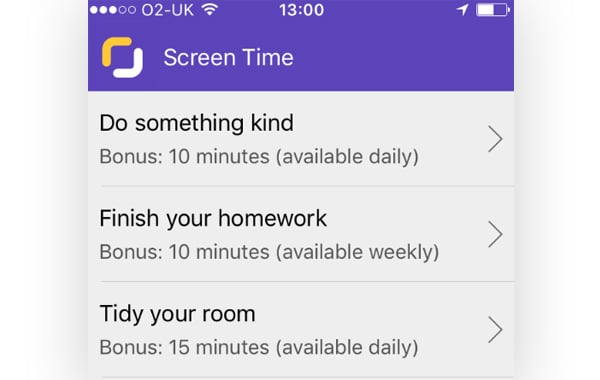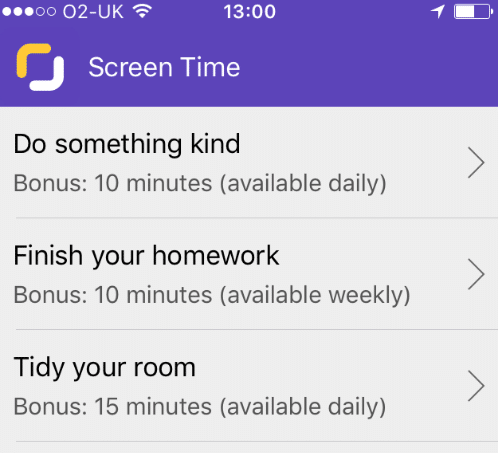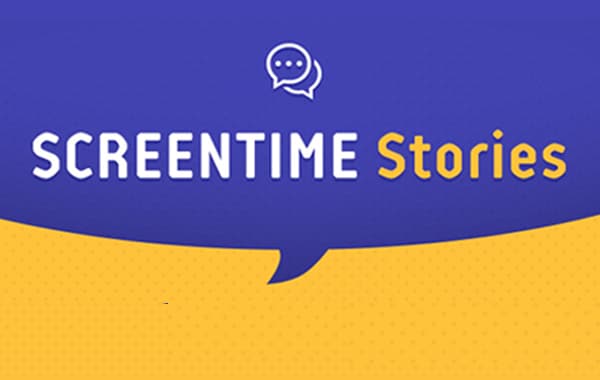
Apps are designed to be impulsive and habit forming. App and website developers are well aware that psychological triggers increase engagement and use of their apps, and use these tools to their advantage. Adults find it hard to resist their call, it’s even harder for most kids and damn near impossible for kids with ADHD and ODD.
Attention Deficit Hyperactivity Disorder is characterised by inattentiveness, hyperactivity and impulsivity.
Oppositional Defiant Disorder is a condition in which a child displays an ongoing pattern of uncooperative, defiant, hostile, and annoying behavior toward people in authority.
The challenge of behavioural conditions
 Natasha’s son has both ADHD and ODD. The impulsivity of ADHD means that he finds it difficult to stay off his device and ODD means that he melts down if anyone tries to take his tablet away. It’s not just devices that cause a problem, getting him to do anything he doesn’t want, such as, brushing his teeth or finishing his homework, causes a major argument.
Natasha’s son has both ADHD and ODD. The impulsivity of ADHD means that he finds it difficult to stay off his device and ODD means that he melts down if anyone tries to take his tablet away. It’s not just devices that cause a problem, getting him to do anything he doesn’t want, such as, brushing his teeth or finishing his homework, causes a major argument.
“ADHD and ODD kids crave stimulation that technology gives them and will do literally anything for that stimulation.”
This made life at home a grind. Every day, there were arguments and fights about acceptable content to watch and length of screen time. The problems extended out from home and into school as well.
“He’s not allowed to take his device into school.”
Natasha explained to us that the problems with mobile technology were more of a challenge at school due to the volume of unmonitored and accessible devices. One day, there was an incident at school when her son failed an important test, the test was on the internet and he’d spent his time surfing the web.
Finding a solution that’s right for your family
Frustrated and in need, Natasha searched for help and finally she came across parental control apps, that looked promising. Her next step was to test about six or seven different parental control apps, hopeful that she’d found a solution. However this caused more problems than it solved.
Getting kids to buy into parental control
One of the ways in which Screen Time succeeded for Natasha, where other parental control apps had failed, was through the Tasks function. Because her son could use Tasks to earn more screen time on his device, it didn’t feel like such a hard NO, there was some way that he could influence the new house rules that Screen Time was enforcing. He had a say.

Things changed drastically within the first week. Natasha quickly realised how powerful letting him earn extra time could be. She set up tasks with small rewards for little jobs like brushing teeth and taking medicine, then larger rewards for accomplishments such as doing well at school. Her son took to it enthusiastically, like a duck to water, playing it like a game and even coming up with his own ideas, asking “What (can I do that is kind?)is something kind I can do?”
“For the first time I found him reading stories to his 1 year old sister.”
Since Screen Time was introduced, home life is much calmer. Natasha has shared custody of her son, and shared behaviour, so Natasha added his other parents into Screen Time meaning that the ‘rules’ were the same whichever home he was in. Since then there’s been no trouble getting him ready for school or getting him to bed and to sleep on time.
There’s no fighting, no arguments and no meltdowns anymore.
 Steve Vangasse from Screen Time Labs said, “This is a wonderful testimony that goes beyond our expectations of what we set out to do. ADHD and ODD are complex conditions and yet it is perhaps the simplicity of our technology that cuts through to make it work for such kids. We are all truly inspired by Natatsha’s story.”
Steve Vangasse from Screen Time Labs said, “This is a wonderful testimony that goes beyond our expectations of what we set out to do. ADHD and ODD are complex conditions and yet it is perhaps the simplicity of our technology that cuts through to make it work for such kids. We are all truly inspired by Natatsha’s story.”


Join the conversation